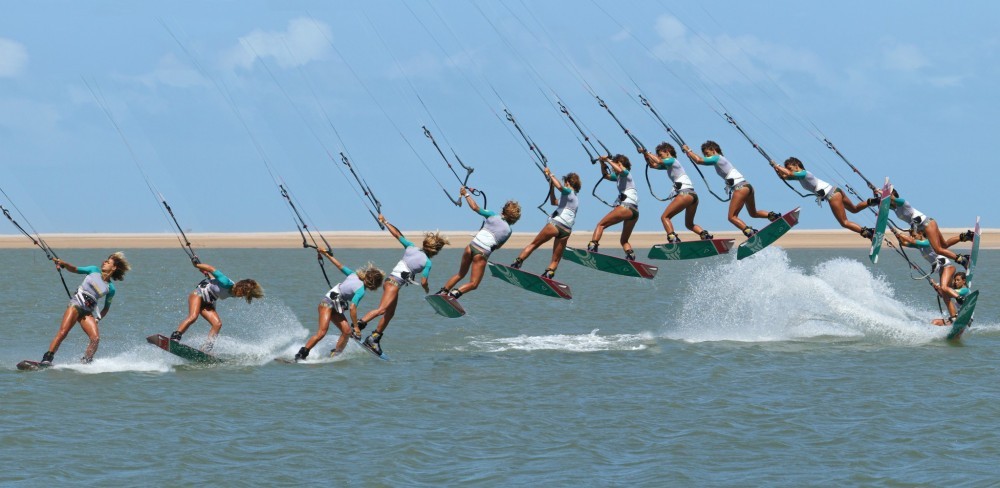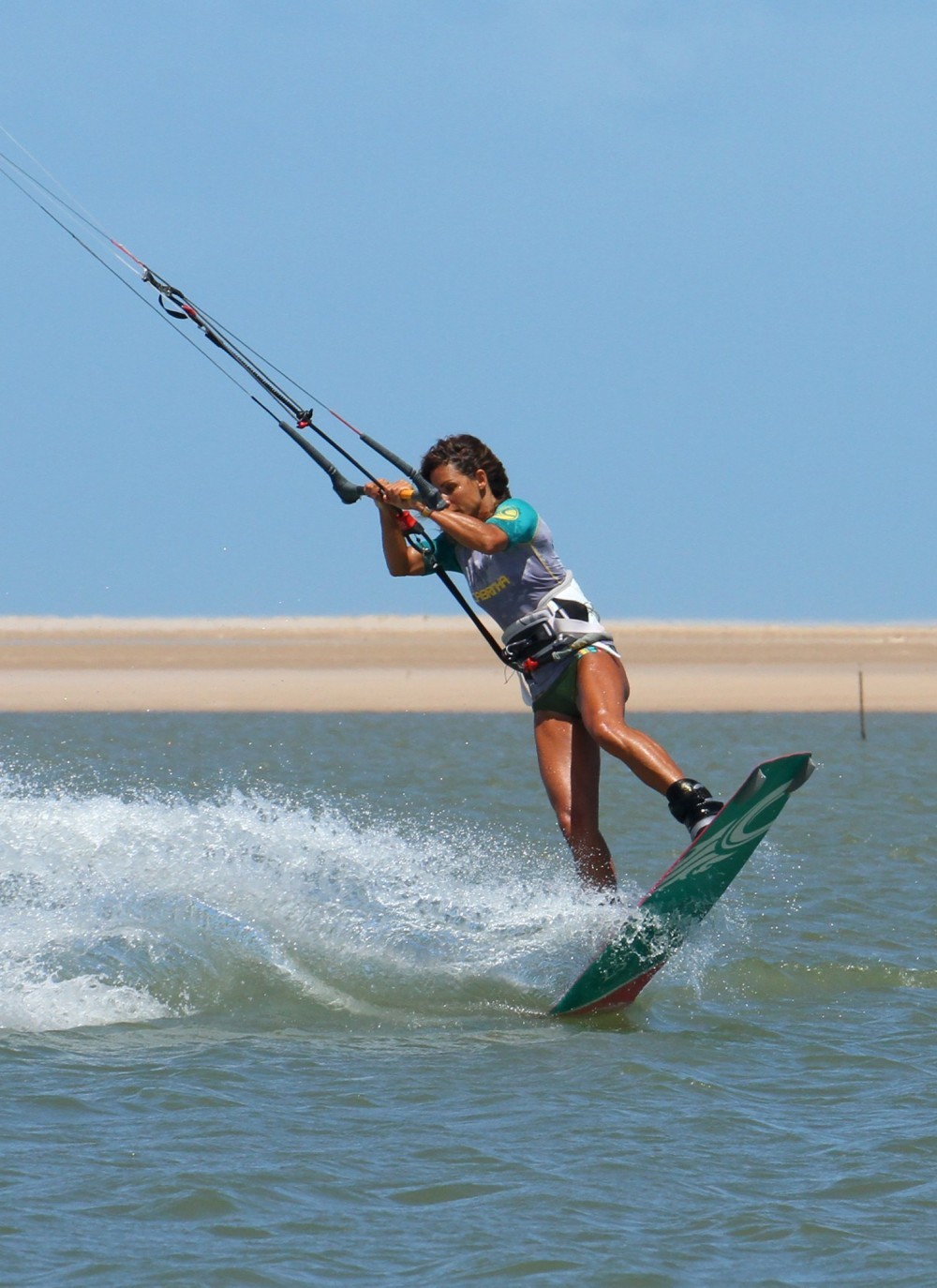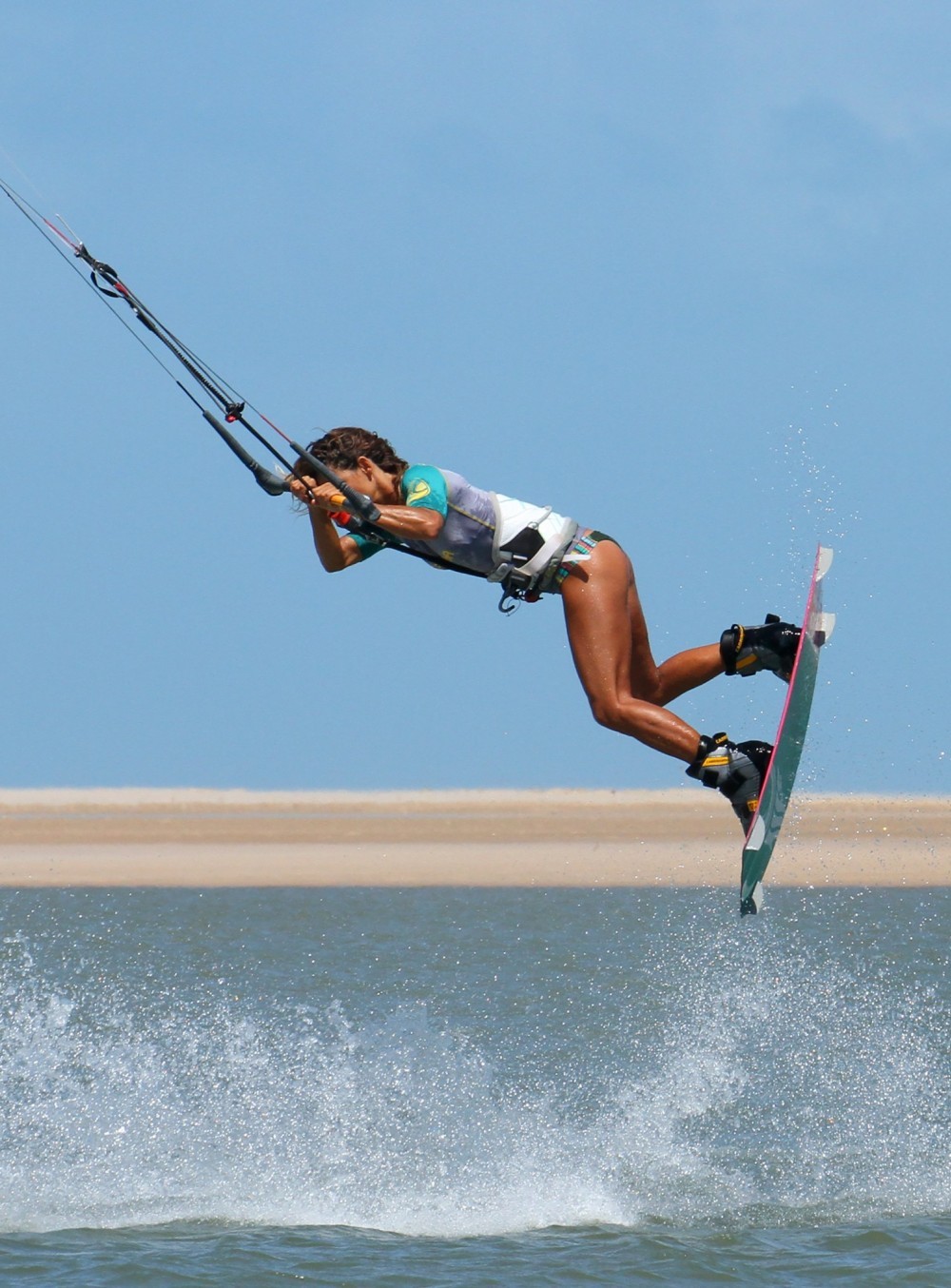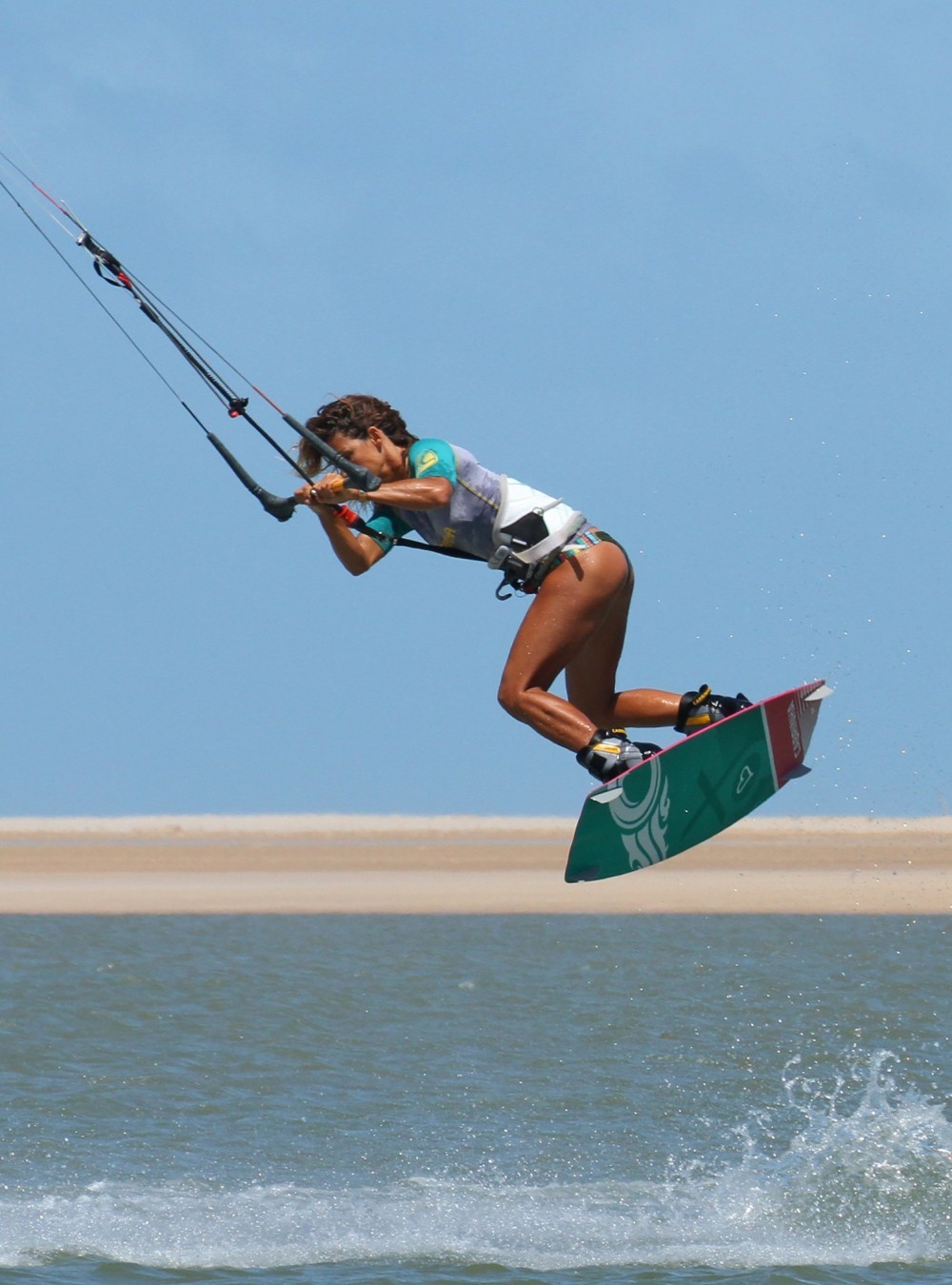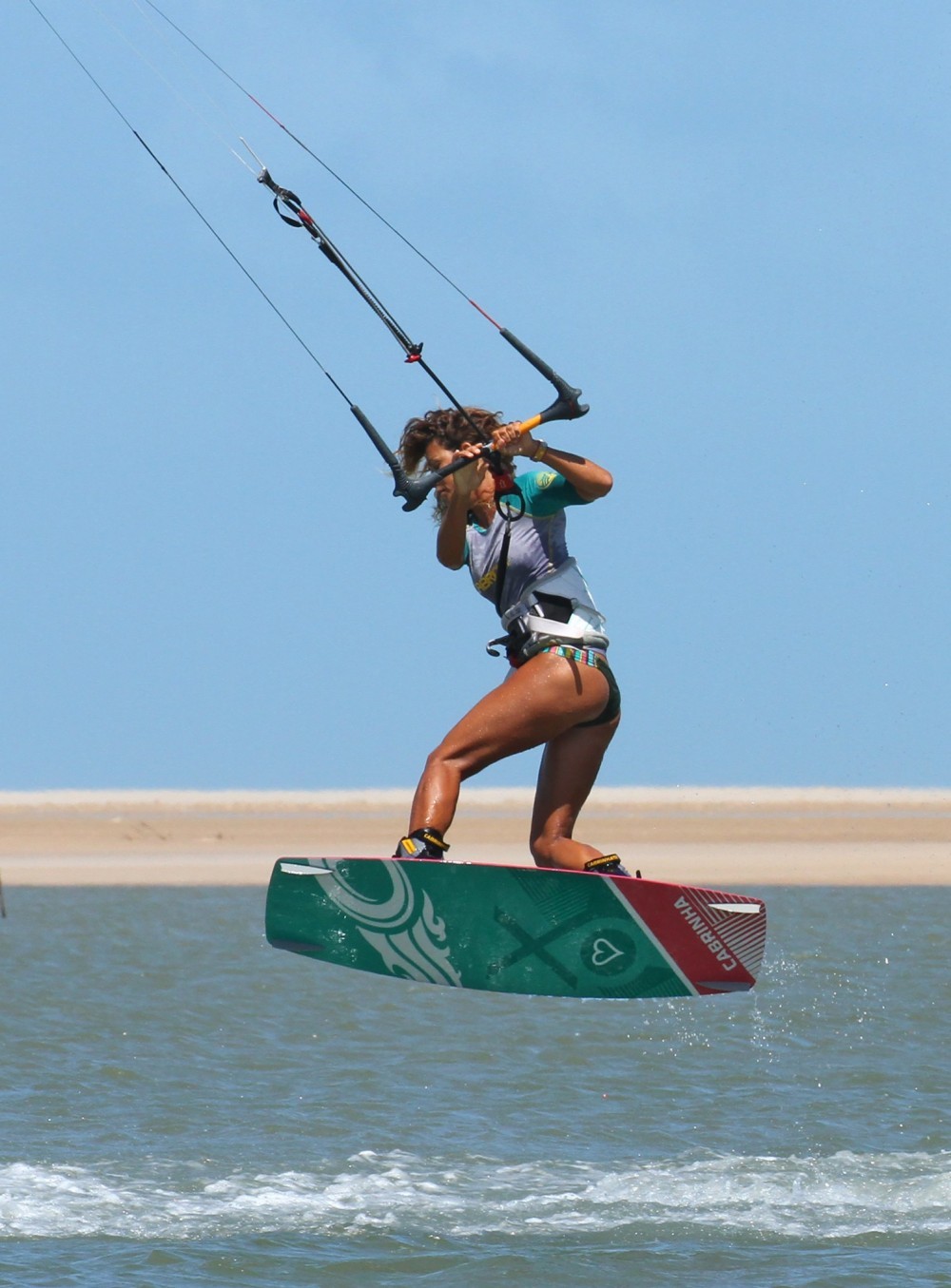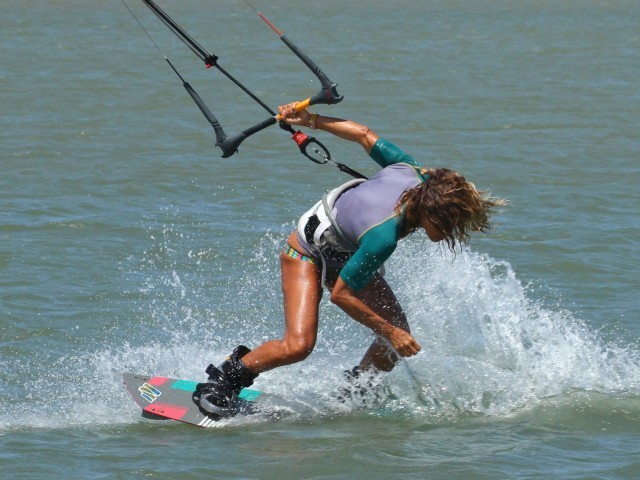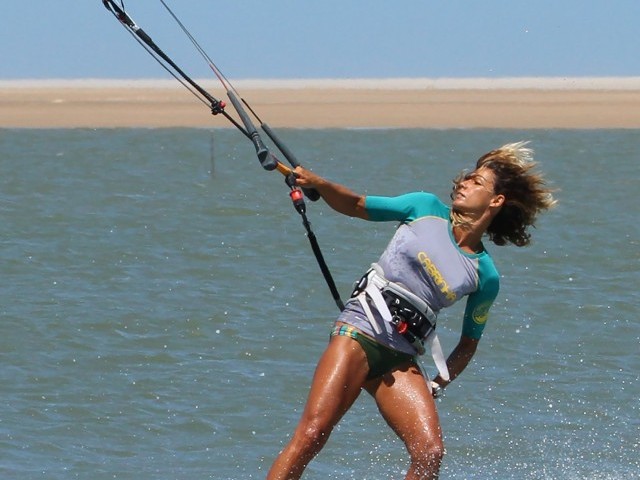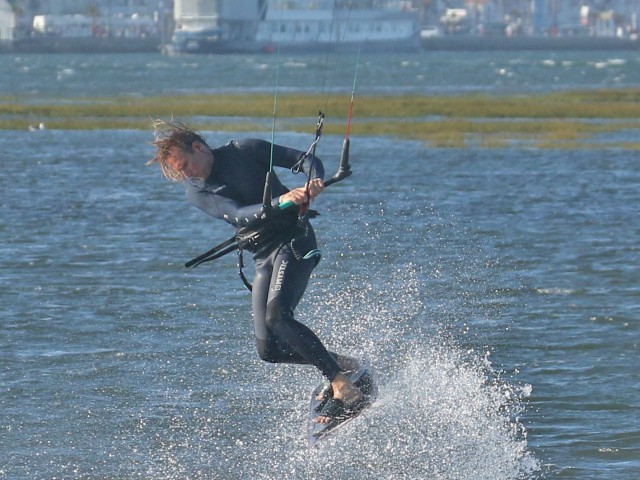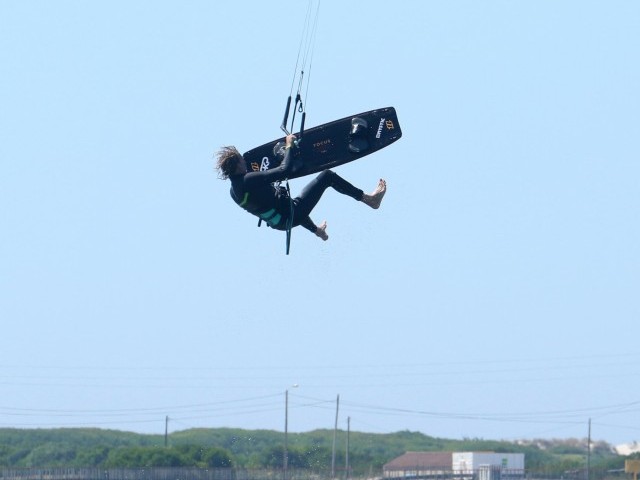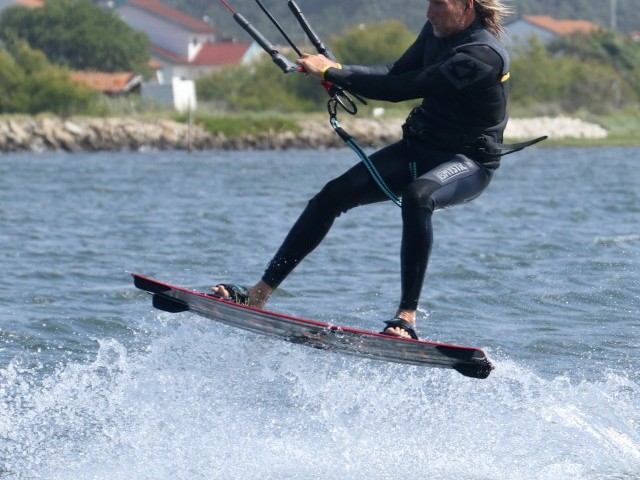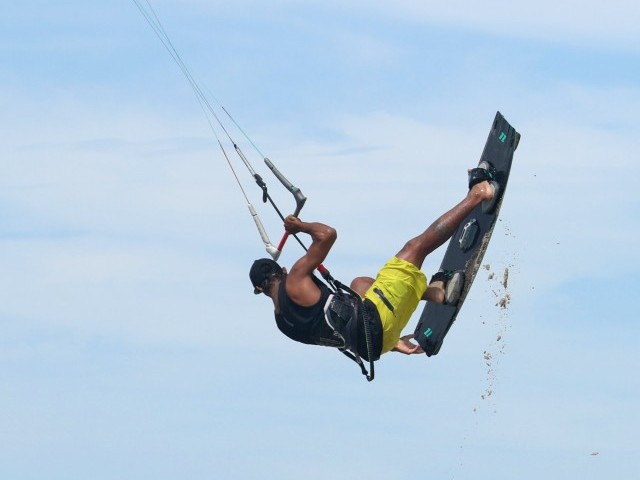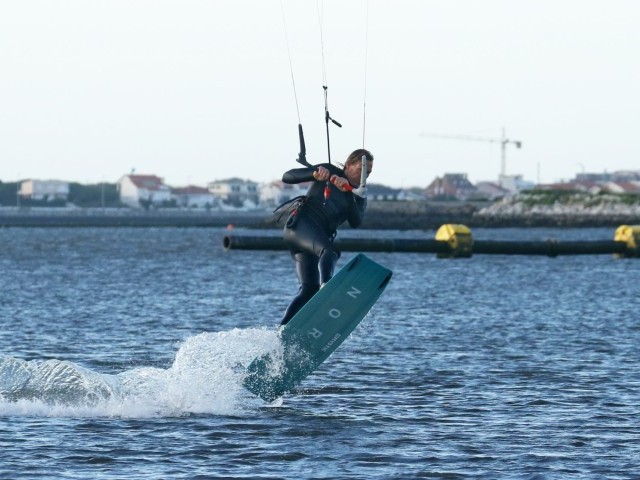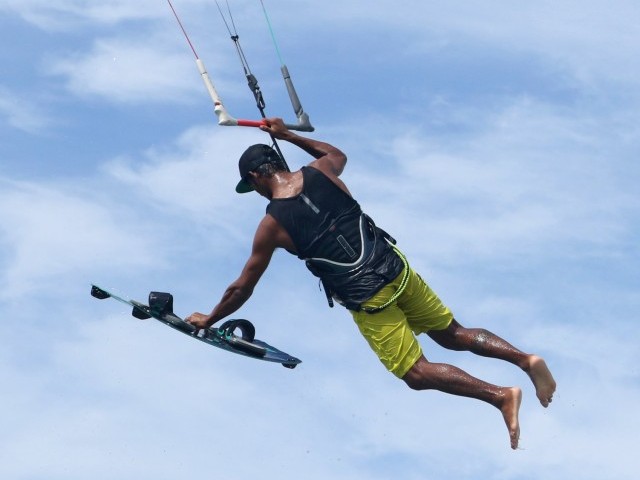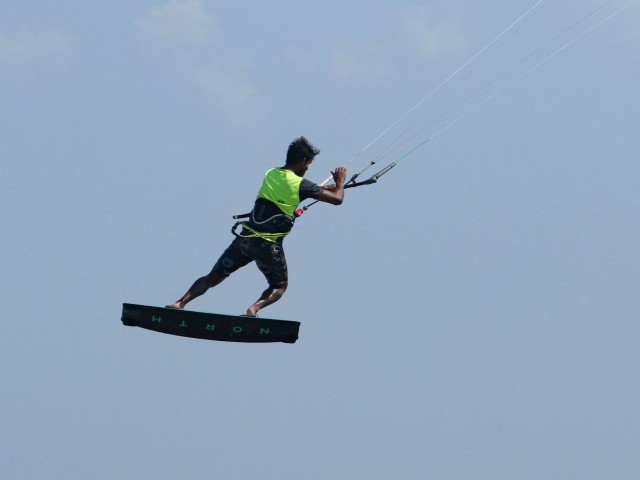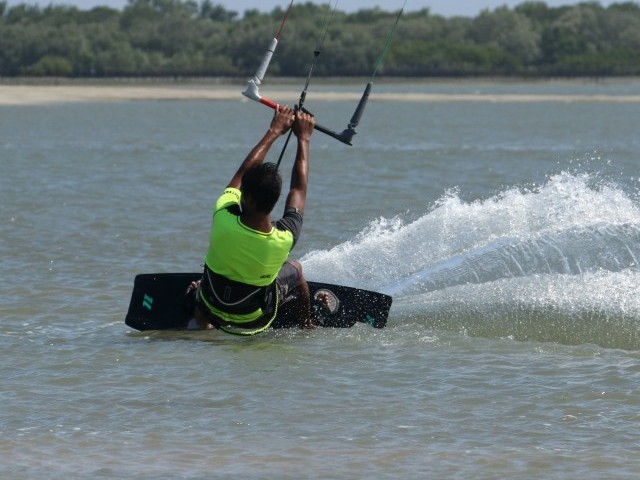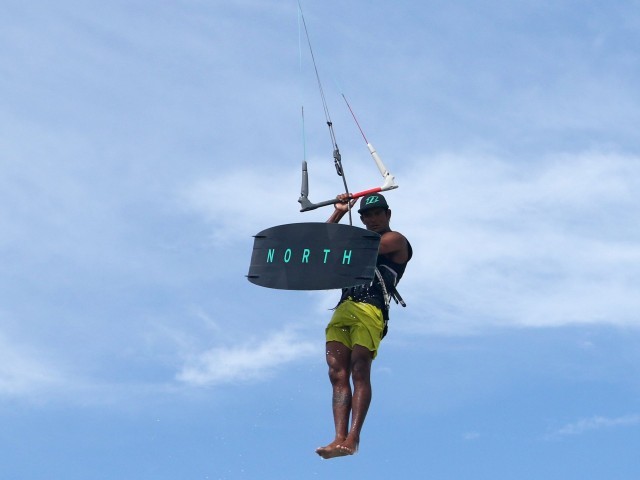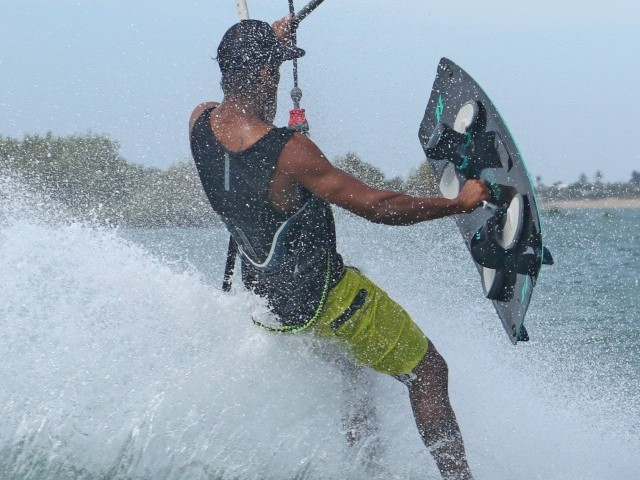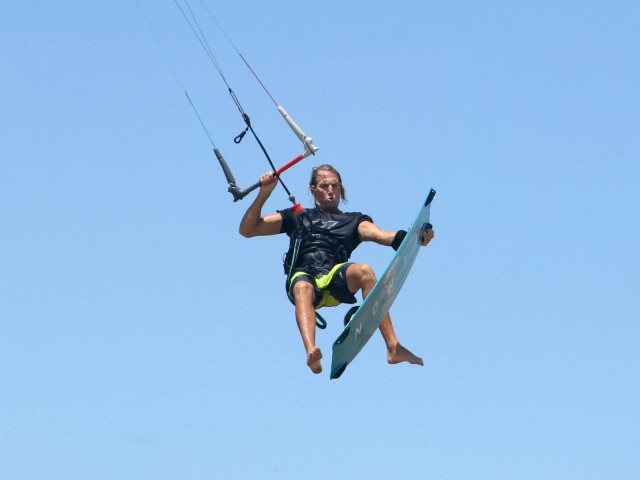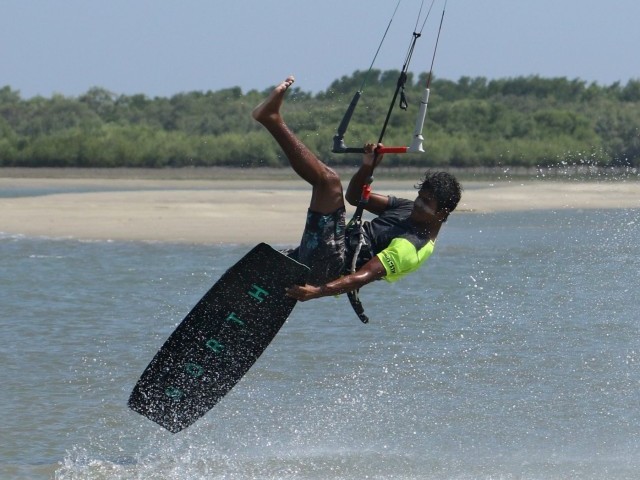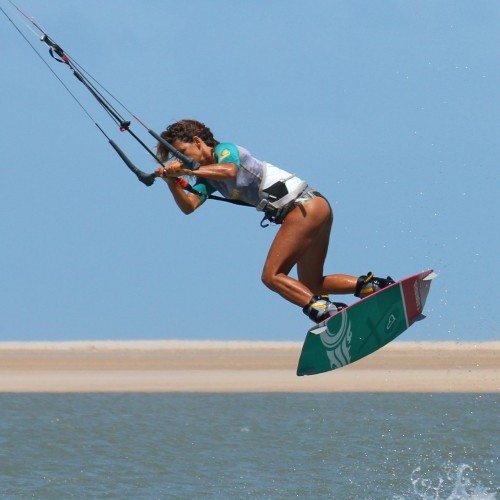
Shifty to Blind
Technique / Advanced
Introduction
This is a fun little gem, popular amongst the wake style fraternity, which can be done equally effectively hooked or unhooked. It’s a more unusual sight than the classic Raley to Blind and therefore should hopefully get you a few whoops from your peers. The best part of this move is that by preceding the blind with a shifty, you give yourself the possibility of adding a world of grabs onto it once you have it nailed, and it’ll look pretty steezy off a kicker too. So let’s get started.
First off, unless you’re obsessive about learning your tricks both sides, you’re likely to have araley side and a shifty side. Then, to further add to the confusion, the chances are that your raley side is also your blind side and your shifty side could well be your wrapped side. If either this means nothing to you, or it is incorrect in relation to your preferences and ability then that’s brilliant! If however, it rings a certain truth you have two choices. Either try landing blind on your shifty side, or learn to shifty on your raley and blind side. One man’s beef is another man’s bacon, so there’s no right or wrong choice. We,however, both find it easier to shifty on our raley sides.
Now let’s mull over the movements to a) get into a shifty, and b) throw that to blind.
The Pop
If you’re about to shifty on your raley side you’ll need to concentrate in order to override all that muscle memory that you’ve built up over time, especially that front leg flick back. That said you’ll still need to approach with speed and aim for a hefty pop, it’s only the actual pop/take off that’ll be different. This means that as per all things pop you’ll approach off the wind, weight dropped back over the tail of the board and bar in close, before edging hard back up wind, with your derriere close to the water and your front leg extended.
Once you’ve reached that moment of explosion this is what you must think about. Stamp hard against your edge, keep your elbows in and hands close and go with the kite. Your pop should be more up and definite - the board should leave the water, rather than continuing around on your edge. Also as soon as you pop, start to bend your front leg, bringing your front knee up and across towards your front elbow. This will help you avoid turning your shoulders up wind and opening your chest whilst preventing you from carving up and through the wind.
The Shifty
To get yourself into a shifty, and let’s be honest there are many different styles of shiftys, you’ll need to get industrious with your legs and arms. In the picture you can see that Karine has kept her arms bent, hands pulled in, so that she’s close to the bar. This not only helps her with the shifty, but it’ll also make the throw to blind easier a tad later. Karine has her head behind her hands, over her back arm and is looking down in order to keep her shoulders square. Her front knee is pulled up and her back leg is kicked up and around as if Karine were pushing the board forward towards the camera. You can tweak this as much as possible, pulling the front leg back and pushing the back leg forward as much as you dare.
Throwing it - the pull
Timing wise, throwing the blind is as per the raley. It’s last minute, but assuming that you haven’t launched yourself up with the kite as soon as you’ve got into your shifty it’ll be time to throw it. If you want to land over the board, which you do, you must get your legs and board underneath you and you need to get your body up and personal with the bar. So once again, looking at Karine she is pulling the bar in, a short but aggressive jerk, down towards her hips, which will get her over the bar for a short moment, enabling her to keep close throughout her blind rotation. Simultaneously she pulls her legs and the board up towards the bar, yet again aiming to get everything close to the bar.
The Blind - turning
Once the bar is close and her legs are underneath her, Karine turns her head back over her shoulder and twists the bar, palms forwards, to start the rotation. As she turns she will release her back hand and continue to twist the bar, allowing her shoulders to rotate so she can make it all the way around to land blind. Try to keep your head up as you twist, as this will help you land with your weight over the board, rather than too much on the tail or the edge.
Reception
As already mentioned you want to aim to land over your board and off the wind. Landing with your weight evenly distributed slightly off the wind will enable you to plane towards the kite, keeping tension off the lines and giving you plenty of time to regain your balance and ponder the pass. Here Karine lands on both feet, absorbing the pressure by flexing her legs, keeping her head up and twisting the bar behind her back, so that it’s ready for the pass.
The Pass
Once you’re balanced and cruising towards the kite you can go for the pass. With the bar already twisted behind you, all that is necessary is to stand up and turn your head. As you do this, the board will completely flatten or even carve slightly downwind, lightening the bar completely so that you can reach around, palm up, with your free hand and grab the bar. As Karine passes the bar she looks at the kite and drops her weight back over the board so that she will continue to ride toe side, before getting both hands back on the bar and hooking back in.
Top Tips
Make sure you trim the kite correctly for unhooking, so that the sweet spot is positioned down low, near the bar. And be sure that you bear away off the wind sufficiently before unhooking and carving back up. Where you start is where you land - if you don’t go off the wind you won’t land off the wind, which will make the whole trick harder.
Don’t worry too much about styling your shifty out. If you can at least not saley that’s a good start.
It may feel odd not having your front leg behind you enough, so that you can’t swing it through to help with the rotation to blind. However, the shear nature of a shifty, almost turning back, will mean that you have less far to rotate, so long as you keep the bar near you.
Common Problems
If you keep getting stretched out when you attempt the shifty, chances are you’re not popping. When it’s time to leave the water make it happen, don’t wait hoping for some divine intervention.
If you’re not getting far enough around to blind, and catching your heel side edge, then as soon as you are in whatever form of shifty and you are descending you must pull hard with your arms and pull your knees up under the bar. If you leave your feet back, they’ll end up upwind of you when you land, and that’s a certain splash.
Keystones
- Pop hard, don’t wait
- Front knee in
- Head behind bar, over back arm
- Yank arms in, pull legs up
- Twist bar, turn head and commit
This technique article was in Issue 50 of IKSURFMAG.
Related
By Christian and Karine
Christian and Karine have been working together as a coaching team, running improver to advanced kitesurfing clinics since 2003.






